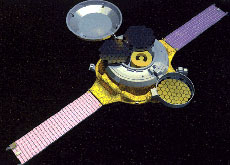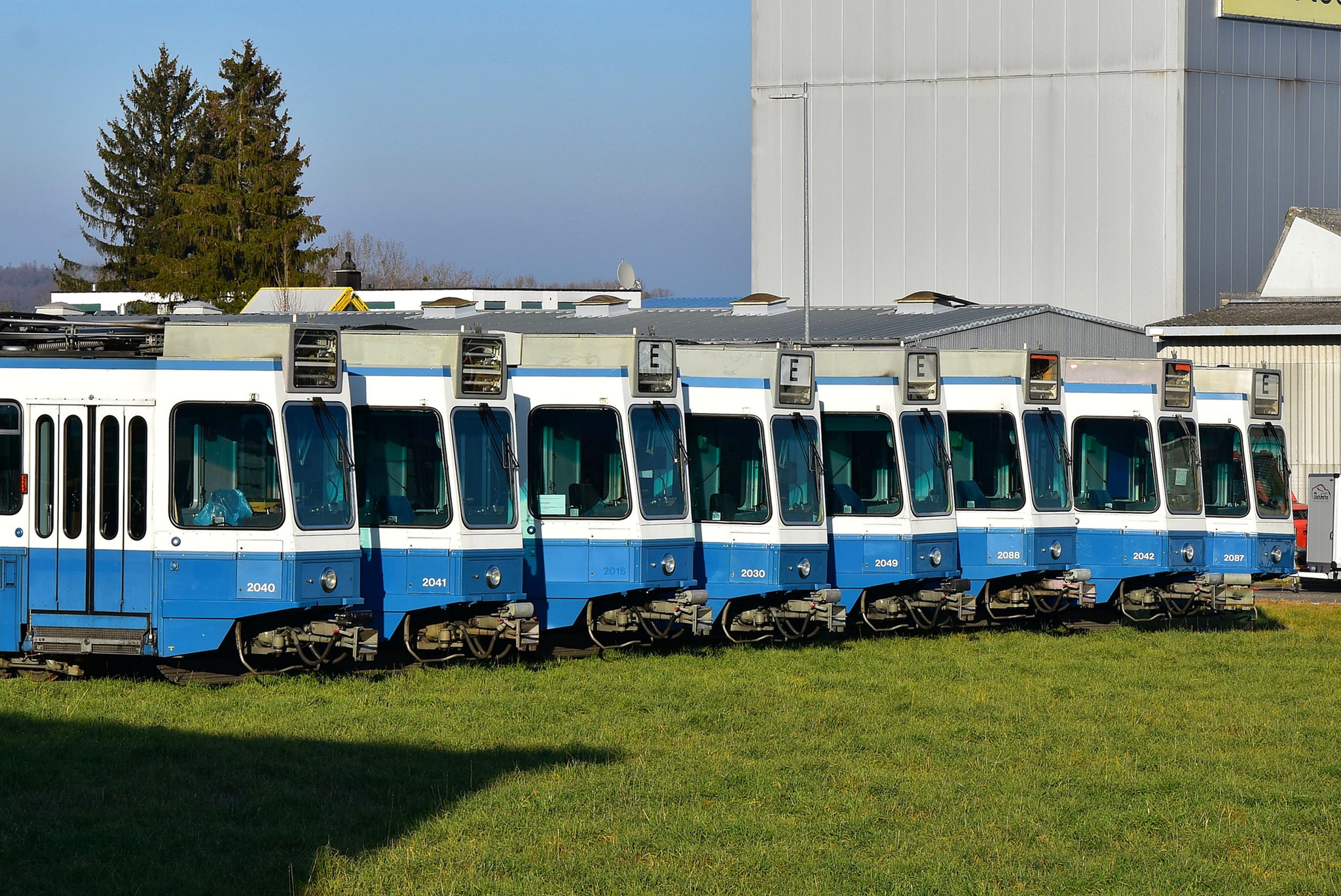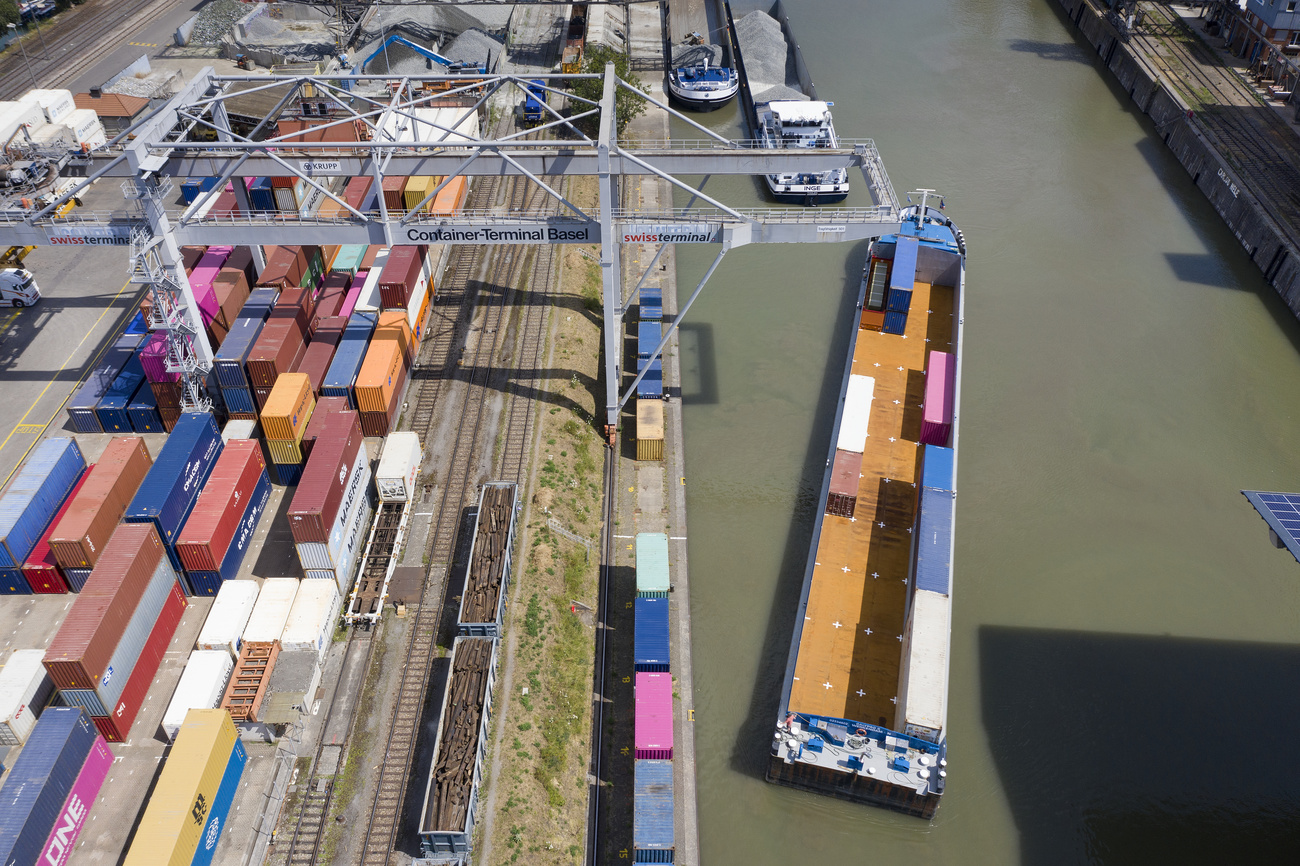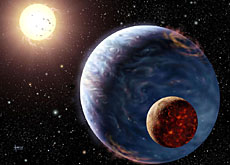Time waits for solar system research

Two years from now when a Nasa spacecraft returns to Earth, scientists in Zurich plan to analyse pieces of the Sun it has collected.
The samples of solar wind should improve our understanding of conditions in the distant past before Earth and other planets formed.
“We will analyse particular samples from this mission with unique techniques developed in our laboratory,” said cosmo-chemist, Rainer Wieler, from the Federal Institute of Technology in Zurich.
He was talking to swissinfo at an international geochemistry conference in the Alpine resort of Davos.
Pieces of the puzzle
Scientists all over the world will work with portions of the returned samples to try to understand how the Sun, Earth and planets formed.
They will measure isotopic compositions of oxygen, nitrogen, and noble gases for clues to what led to the diversity of environments in today’s solar system.
The Zurich team will focus on the noble gases – helium, neon, argon, krypton, xenon and radon – so-called because they have the maximum number of electrons in their outer shell making them stable.
“The noble gases are just one piece of the puzzle,” said Wieler. “They don’t form compounds readily, making them particularly suitable for helping to decipher the process.”
Too few clues
Most scientists believe the solar system was formed 4.6 billion years ago by the gravitational collapse of the solar nebula, a cloud of interstellar gas, dust and ice.
As time went on most of the gas and dust were pulled together by gravity to form the Sun while other grains of ice and dust stuck to one another, eventually forming planets, moons, comets, and asteroids.
Scientists are still mystified by the transition from solar nebula to planets. Why did some planets, like Venus, develop thick, poisonous atmospheres, while others, like Earth, become hospitable to life?
The Sun, which contains well over 99 percent of all the material in the solar system, may provide clues. While its interior has been modified by nuclear reactions, the outer layers of the sun are composed of very nearly the same material as the original solar nebula.
Too hot to handle
The Sun’s surface is over 5,500 degrees Celsius. “For practical reasons, we cannot send a spacecraft to the sun to pick up samples for analysis,” said Wieler.
“However, the Sun shoots out streams of its outer material, called the solar wind, which we can collect.”
The Genesis spacecraft, which is in orbit about one million miles from Earth where the gravitational fields of Earth and the Sun balance, is collecting samples of these substances.
Genesis carries four instruments including solar-wind collector arrays, about the size of a bicycle tyre, made of materials such as diamond, gold, silicon and sapphire, and designed to trap solar wind particles.
Soft landing
The Genesis mission was launched on August 8, 2001. The spacecraft is scheduled to begin its return to Earth in April 2004.
In September of that year, specially trained helicopter pilots in the United States are planning to catch the sample-return capsule in midair as it parachutes towards the Utah desert so that the samples will not be disturbed by the impact of a landing.
Some of the most sophisticated laboratory instruments in the world will subsequently carry out high precision analyses.
Part of the Sun’s composition can be determined by the characteristics of the light it emits, but the abundances of many elements and nearly all isotopes are as yet unknown.
Scientists are particularly interested in establishing the isotopic abundance ratios for the various elements present in the solar wind so that they can compare the Sun’s isotopic composition and abundances against known planetary data.
swissinfo, Vincent Landon
Nasa’s Genesis mission is collecting samples of solar wind particles.
Scientists hope to study the exact composition of the sun.
Researchers in Zurich will analyse the noble gases in the samples.
Study should reveal details about the origin of the solar system.

In compliance with the JTI standards
More: SWI swissinfo.ch certified by the Journalism Trust Initiative









You can find an overview of ongoing debates with our journalists here . Please join us!
If you want to start a conversation about a topic raised in this article or want to report factual errors, email us at english@swissinfo.ch.